We had time to visit and experience the most luxurious and expensive resorts in Sa Pa tourist area. However, what surprised us was to see familiar and simple spaces, which are wooden houses with palm-roofed roofs, hand-woven bed sheets with Mong motifs, red Dao brown linen chairs, small water bottles made of rough ceramic with brocade patterns... This is the message that resorts in Sa Pa want to send to visitors: Whether it is a 3, 4, or 5 star resort, or a high-end resort, this place still retains the unique culture of the highlands.

At Sapa Jade Hill, the resort is located on a peaceful hillside, under the canopy of the Sa Mu tree, the bungalows are designed to imitate the traditional architecture of the Tay people in Van Ban. Inside each bungalow, the interior is designed rustically with brocade motifs, the living items of the indigenous people are displayed as part of the cultural story, not elaborate, but arousing the curiosity of visitors from afar. In particular, in each bungalow there are wooden bathtubs that remind visitors of the herbal baths of the Red Dao people.
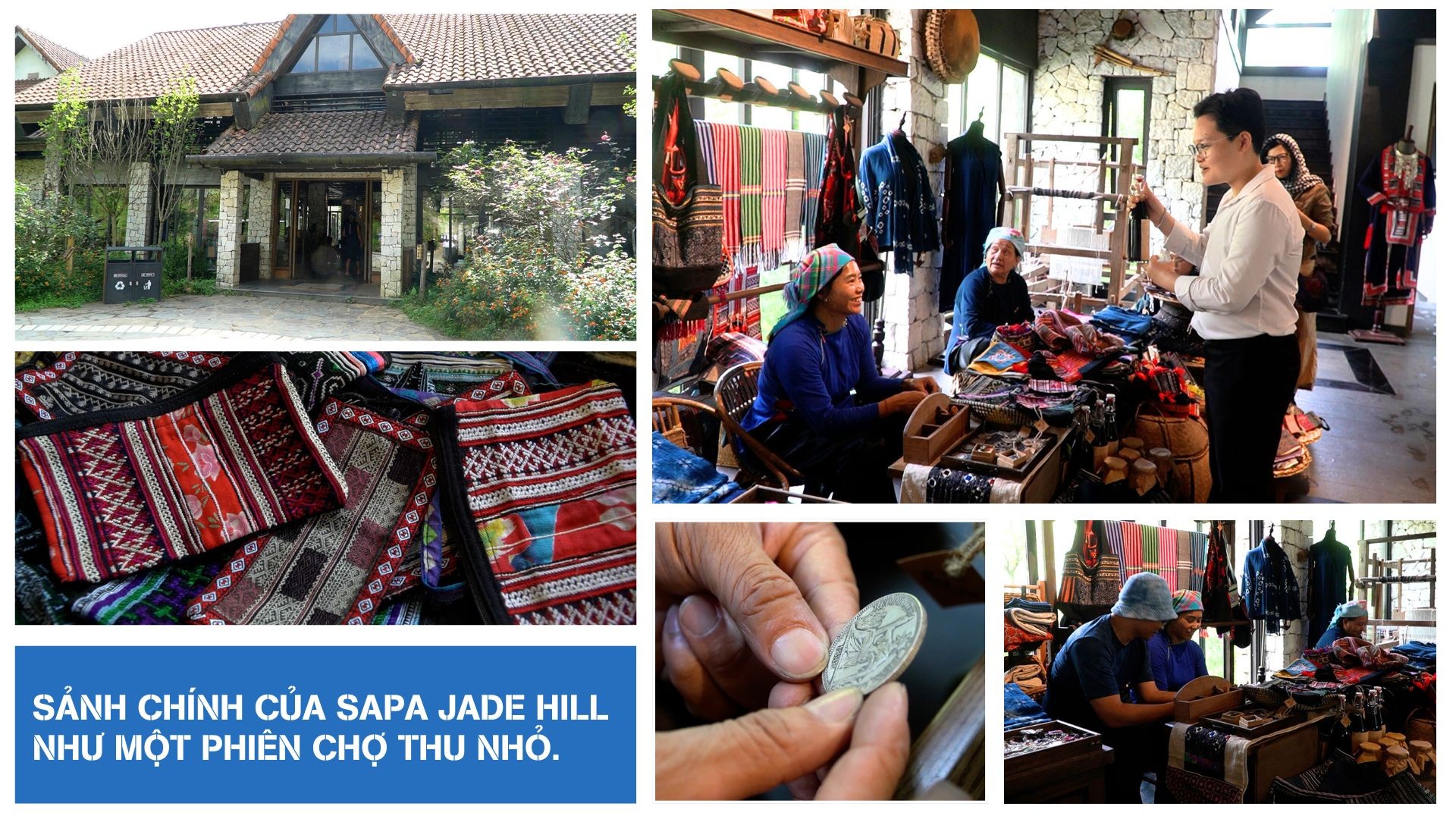
Right at the main hall of Sapa Jade Hill, visitors can easily see the image of Tay and Giay women working diligently on embroidery frames, meticulously working on each needle and thread. They sit and sew and embroider traditional items of their ethnic group, from scarves, bags, indigo shirts to colorful brocades. That space is also like a miniature market, where a wide variety of handicrafts are sold, such as indigo shirts, traditional hats, belts, silver bracelets, and even silver coins bearing the mark of time.

On an area of over 6 hectares, amidst lush green nature, Topas Ecolodge resort impresses visitors with its harmonious combination of classy space and indigenous culture.

There are 50 villas built in the traditional Tay stilt house architecture, each with a maximum capacity of 3 adults and 2 children, meeting the vacation needs of families. Another special feature is that the resort also lends vacant land to local people for agricultural cultivation, creating a sustainable livelihood and contributing to blending nature into each villa.

Back to the urban space, right in the heart of Sa Pa ward, at Hotel de la Coupole - MGallery, every detail in the design shows a subtle combination of classical French art and the culture of the Northwest ethnic groups.
From brocade motifs, decorative patterns to interior color schemes, everything seems to be distilled from the quintessence of indigenous culture. Brocade lanterns, bedside lamps inspired by Thu Lao people's headgear, or in the kitchen, besides European and American dishes, banh chung, banh giay, corn, and potatoes also appear for guests to choose from.
Mr. Dinh Gia Huan, Hotel Lobby Manager said: We use a lot of ethnic patterns, motifs and materials, creating an inspiring and curious space, especially for those who love art and traditional identity.

It is no coincidence that many tourists choose Sa Pa for sightseeing and relaxation, because what they seek is not only fresh air and majestic mountain and forest scenery, but also a cultural experience, something that no other resort can copy.
Mr. Vu Thanh Long, a tourist from Hanoi, said: When modern elements are combined with local identity, it not only attracts tourists, but also highlights the distinct value of the destination.

Not only in Sa Pa, many other attractive destinations in Lao Cai also focus on bringing indigenous cultural images into tourism products. At Le Champ Tu Le (Van Chan), visitors are also extremely impressed when encountering green hills with stilt houses that are both familiar and luxurious.

At Le Champ Tu Le, visitors can fully enjoy the charming beauty of the mountains, enjoy all the cultural colors, a comfortable and modern resort space but in harmony with nature and indigenous culture.

Even though it is a 4-star resort, every centimeter of the exterior and guest rooms are carefully designed, it is certainly difficult for us to achieve the same amenities as in big cities. In return, we treat and welcome guests here with all our hearts.
Not only the image of the resort space but also the food ingredients of the local people are being purchased by the facility with the criteria of organic and safe farming to serve the resort's tourists. At the same time, the villages around Le Champ will also be new destinations for tourists, especially international tourists.
From Le Champ, visitors will discover the culture, cuisine, and unique identity of the Thai, Mong, and Dao people who have lived for generations from the valley to the mountain tops of Tu Le, and further a vast space stretching from Van Chan to Mu Cang Chai.
From ethnic cuisine to herbal baths of the Red Dao people, experiential tours associated with traditional occupations such as linen weaving, brocade embroidery, and herbal steaming have elevated indigenous culture to a “high-class specialty” in Lao Cai tourism. Instead of concretizing hills, many new resorts are choosing to hide in the forest, using environmentally friendly materials, prioritizing the recruitment of indigenous people, and inviting local artisans to guide cultural experiences...

Source: https://baolaocai.vn/xay-dung-hinh-anh-du-lich-tu-tai-nguyen-van-hoa-post648257.html



![[Photo] Prime Minister Pham Minh Chinh meets with Speaker of the New Zealand Parliament Gerry Brownlee](https://vphoto.vietnam.vn/thumb/1200x675/vietnam/resource/IMAGE/2025/8/28/cec2630220ec49efbb04030e664995db)
![[Photo] General Secretary To Lam attends the opening ceremony of the National Achievements Exhibition](https://vphoto.vietnam.vn/thumb/1200x675/vietnam/resource/IMAGE/2025/8/28/d371751d37634474bb3d91c6f701be7f)

![[Photo] Politburo works with the Standing Committee of Cao Bang Provincial Party Committee and Hue City Party Committee](https://vphoto.vietnam.vn/thumb/1200x675/vietnam/resource/IMAGE/2025/8/28/fee8a847b1ff45188749eb0299c512b2)
![[Photo] Red flag with yellow star flutters in France on National Day September 2](https://vphoto.vietnam.vn/thumb/1200x675/vietnam/resource/IMAGE/2025/8/28/f6fc12215220488bb859230b86b9cc12)
![[Photo] General Secretary To Lam presents the 45-year Party membership badge to comrade Phan Dinh Trac](https://vphoto.vietnam.vn/thumb/1200x675/vietnam/resource/IMAGE/2025/8/28/e2f08c400e504e38ac694bc6142ac331)
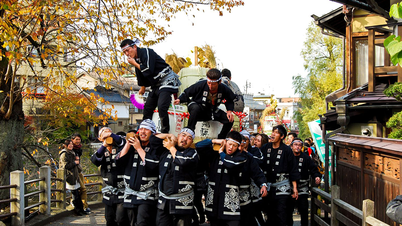

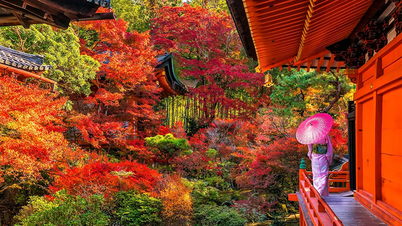
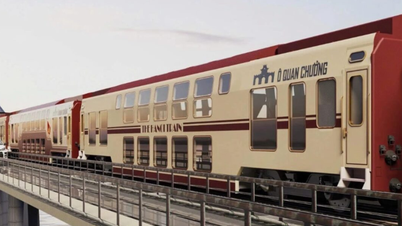
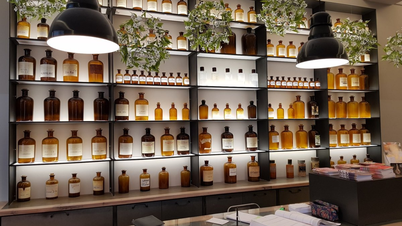

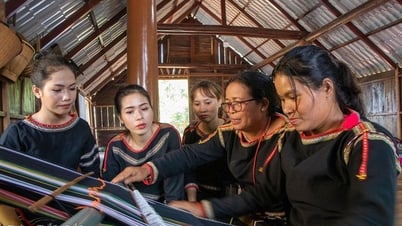


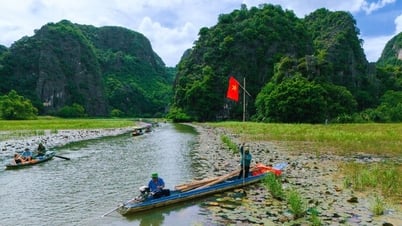

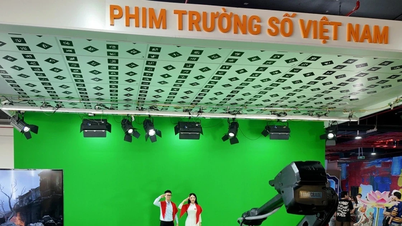
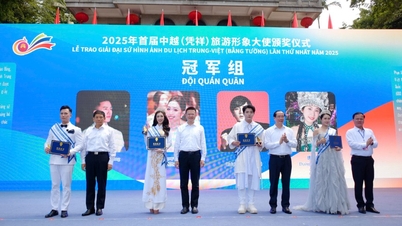


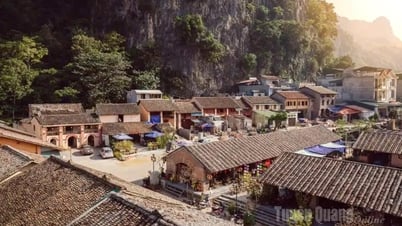





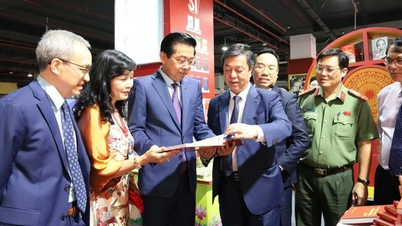
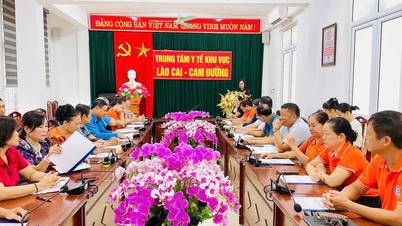
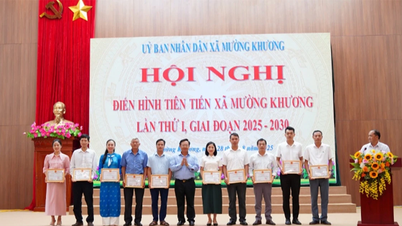


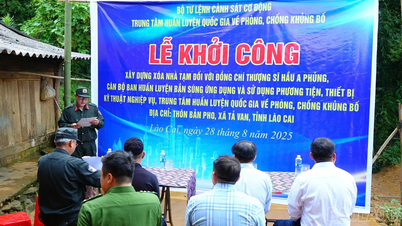
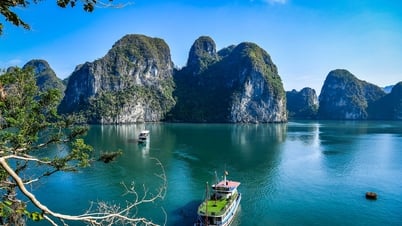

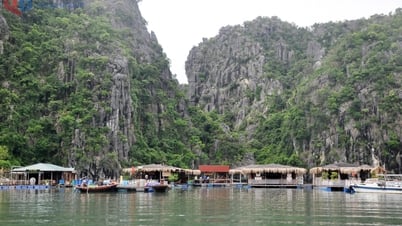

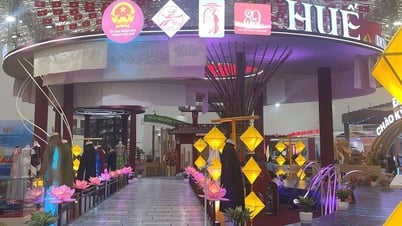

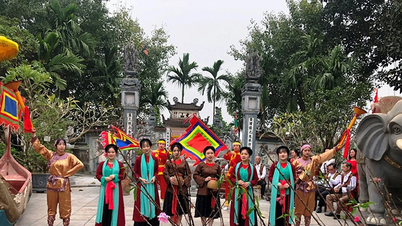

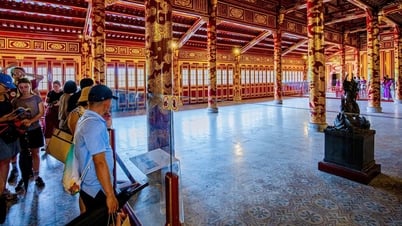

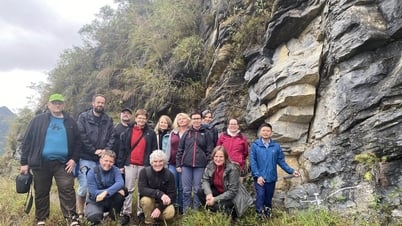



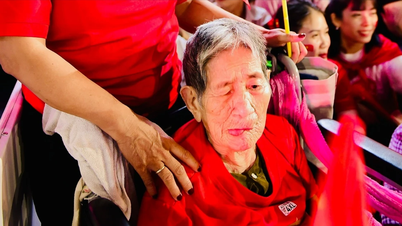

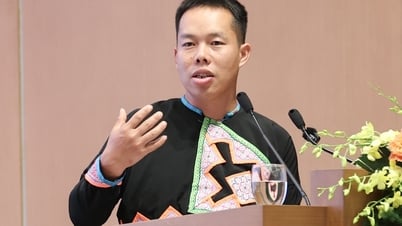

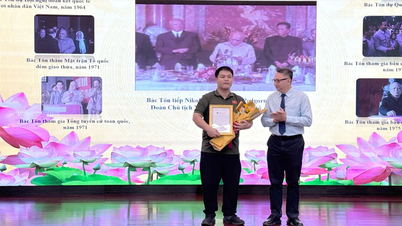








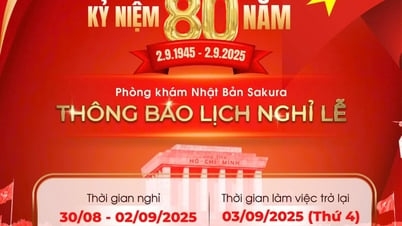
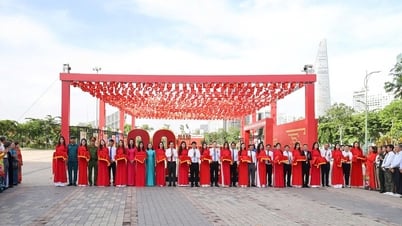










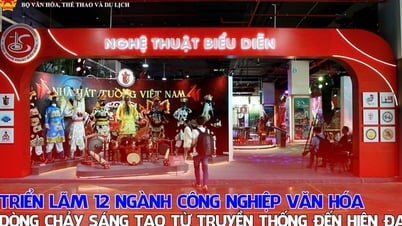






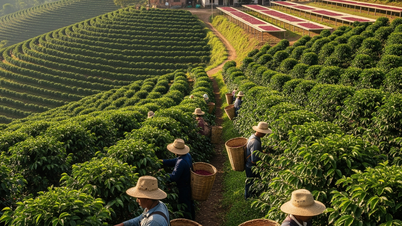

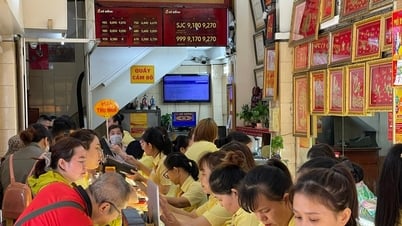

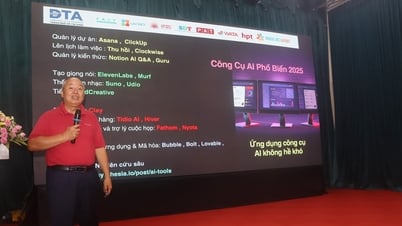


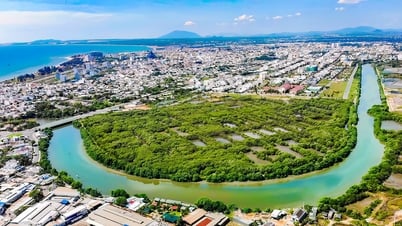
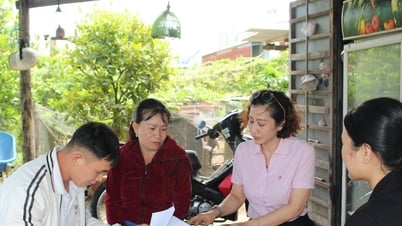






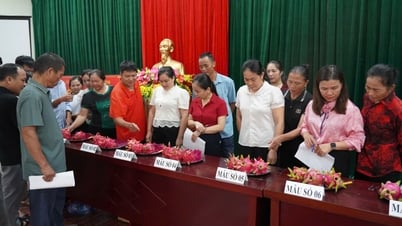

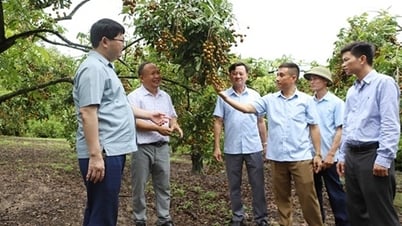


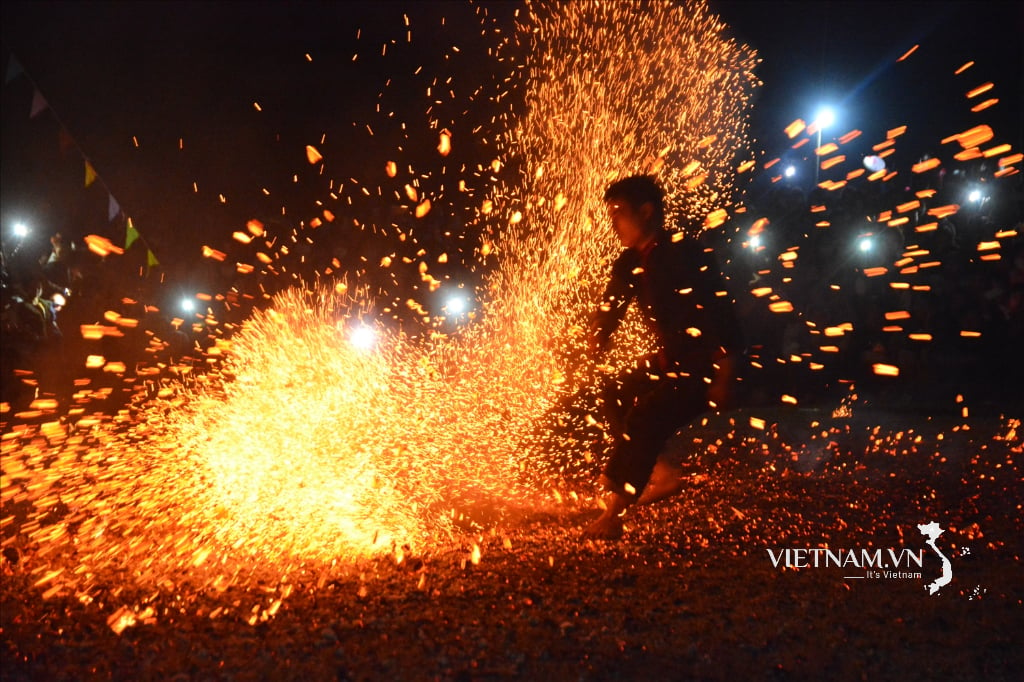
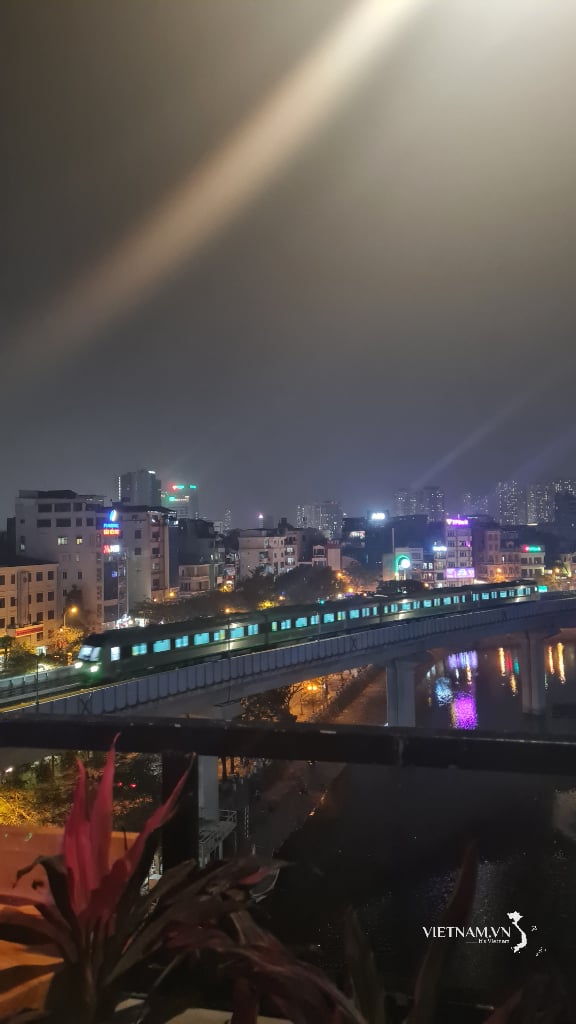
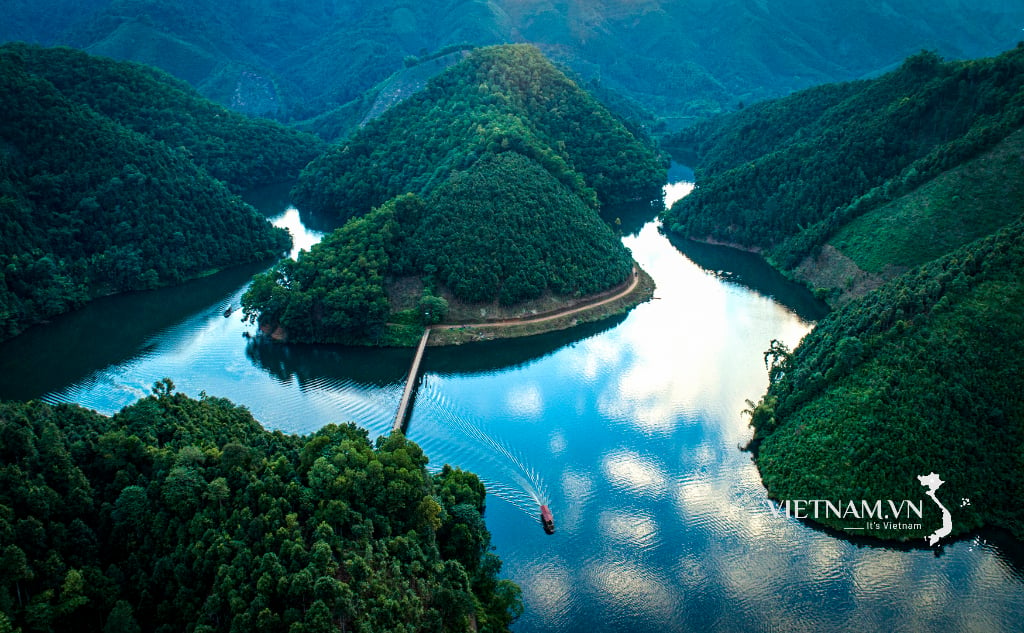
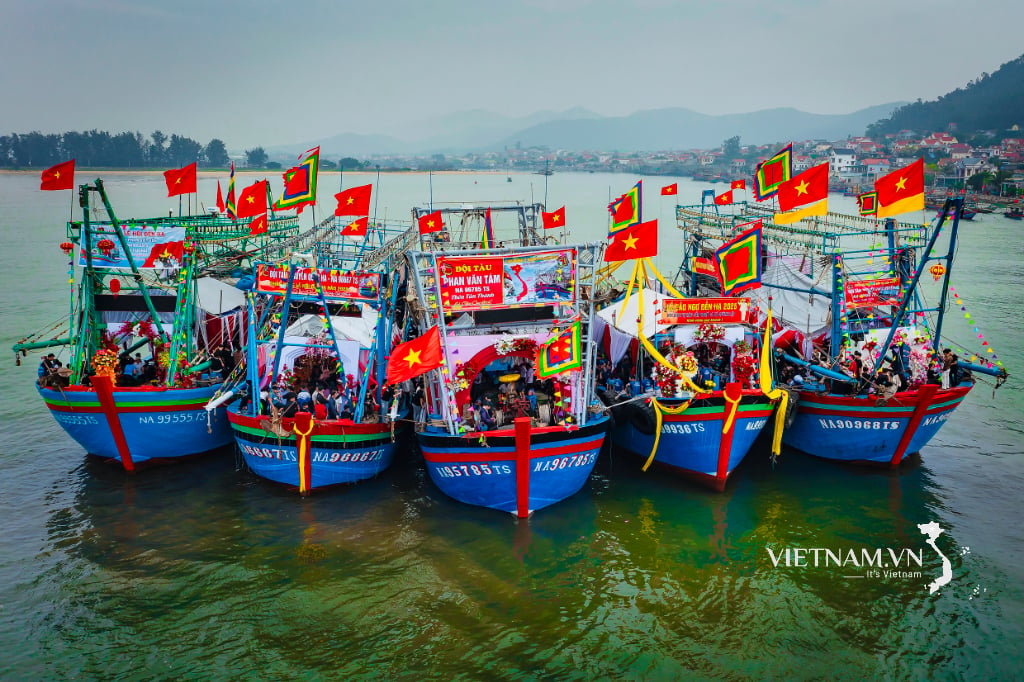
Comment (0)